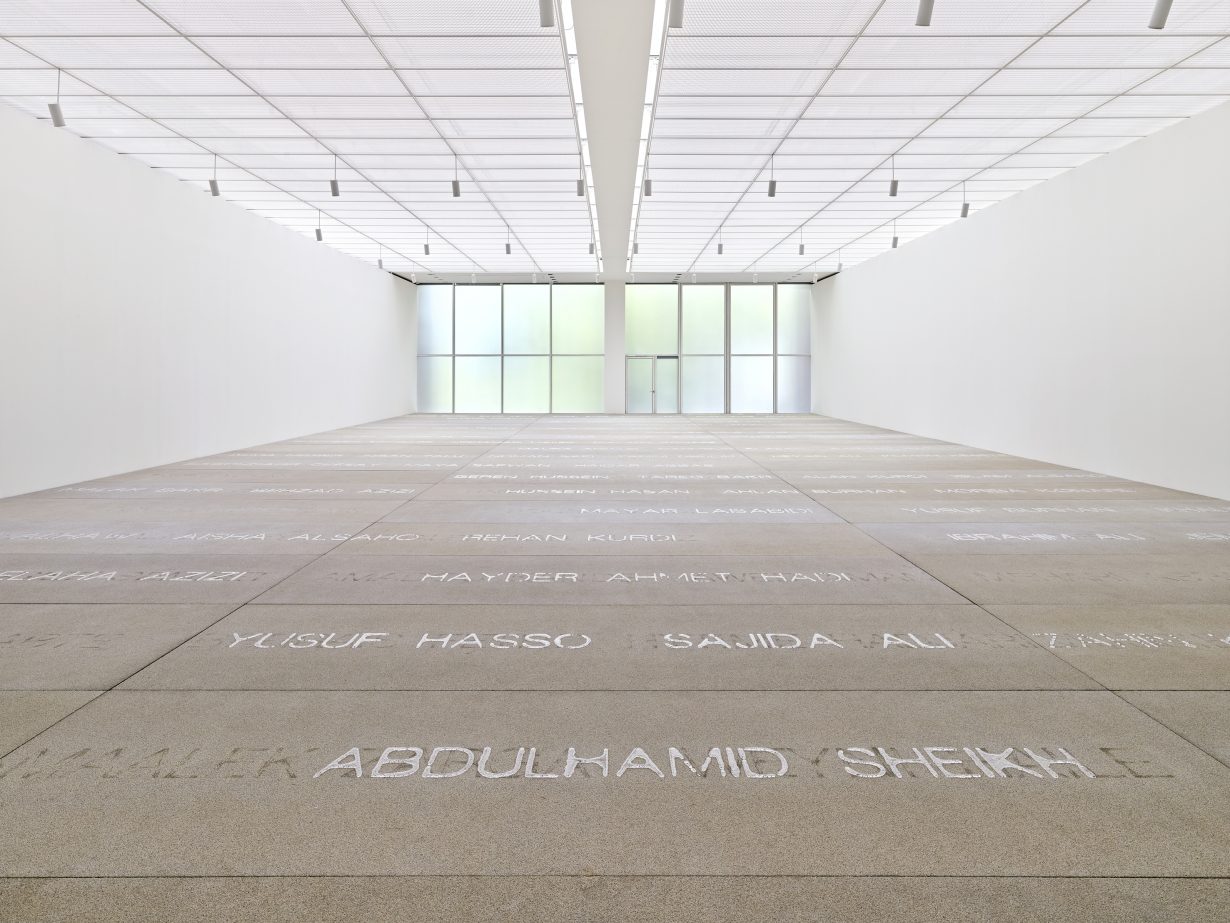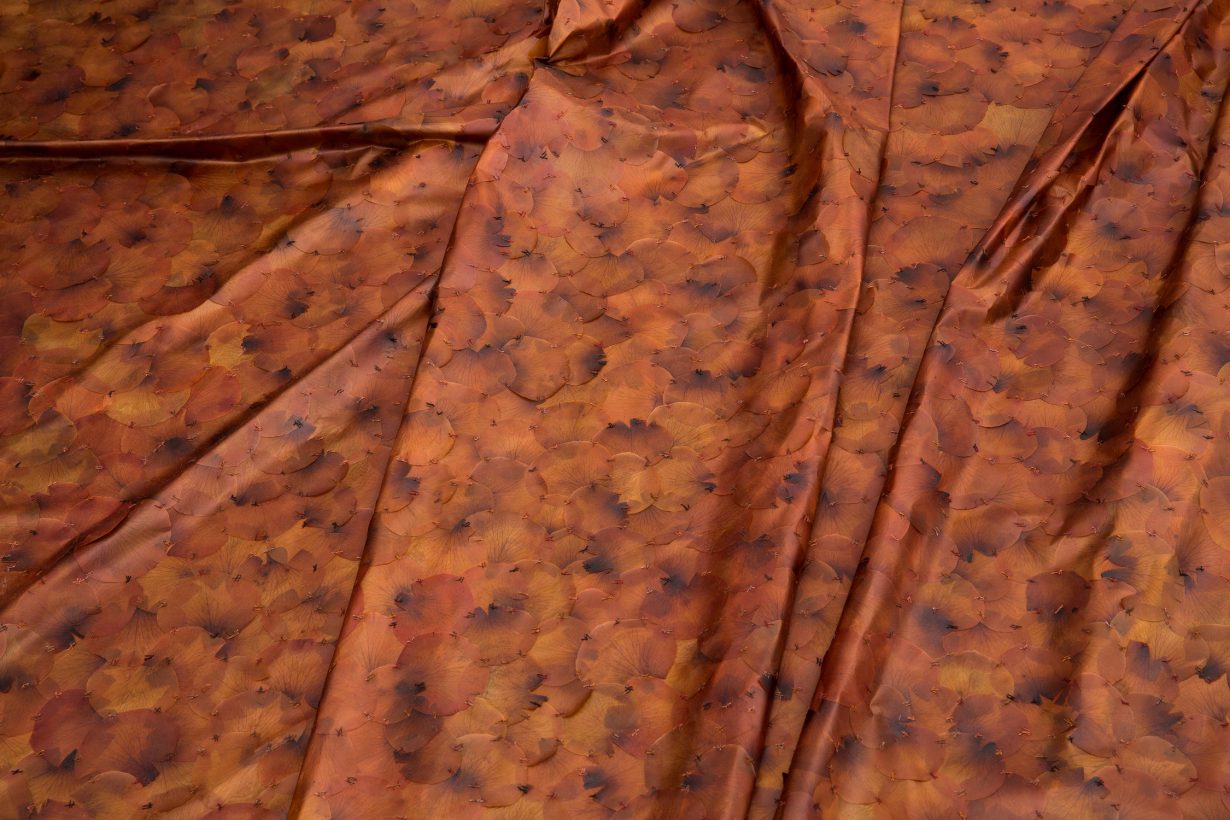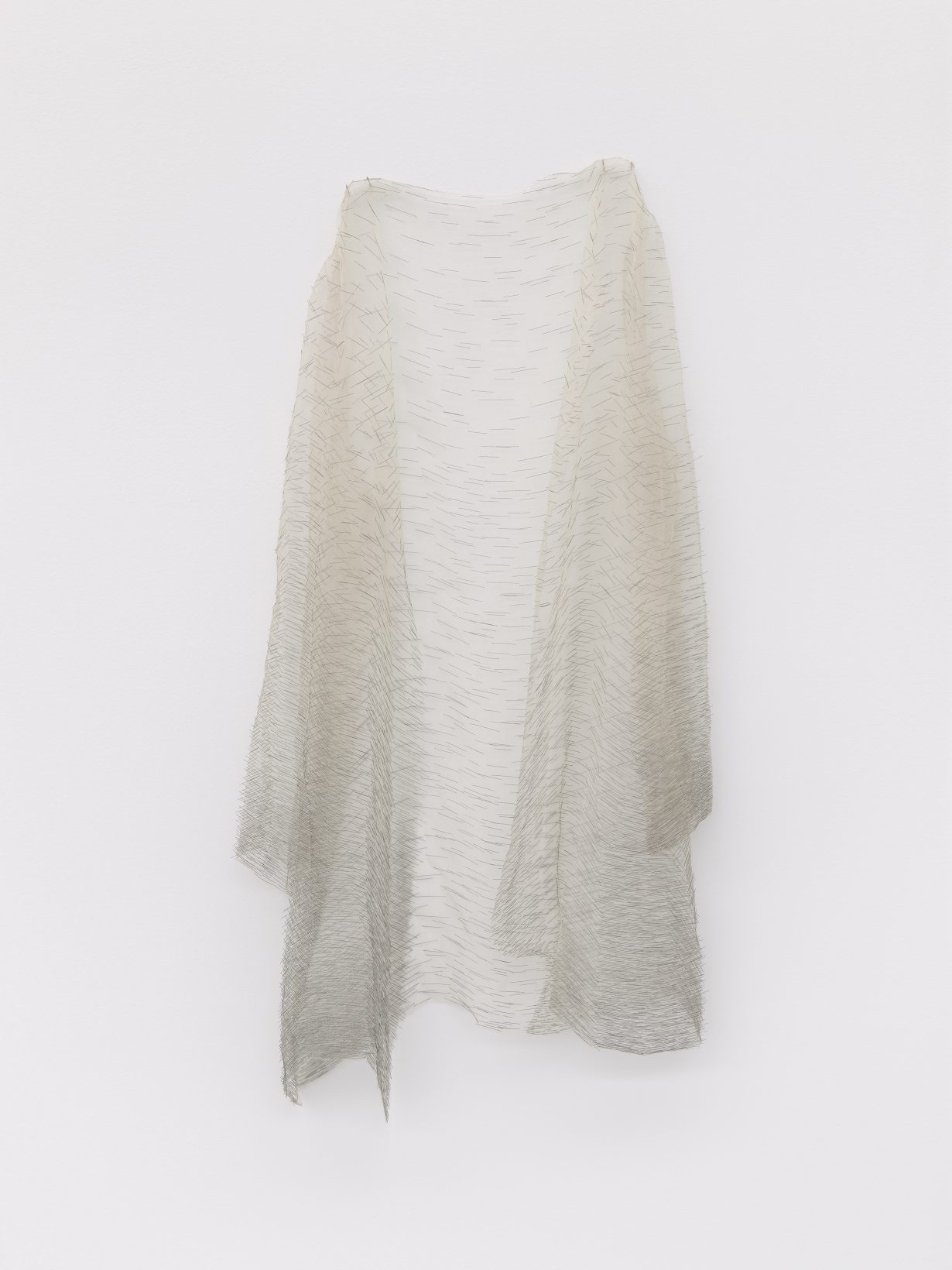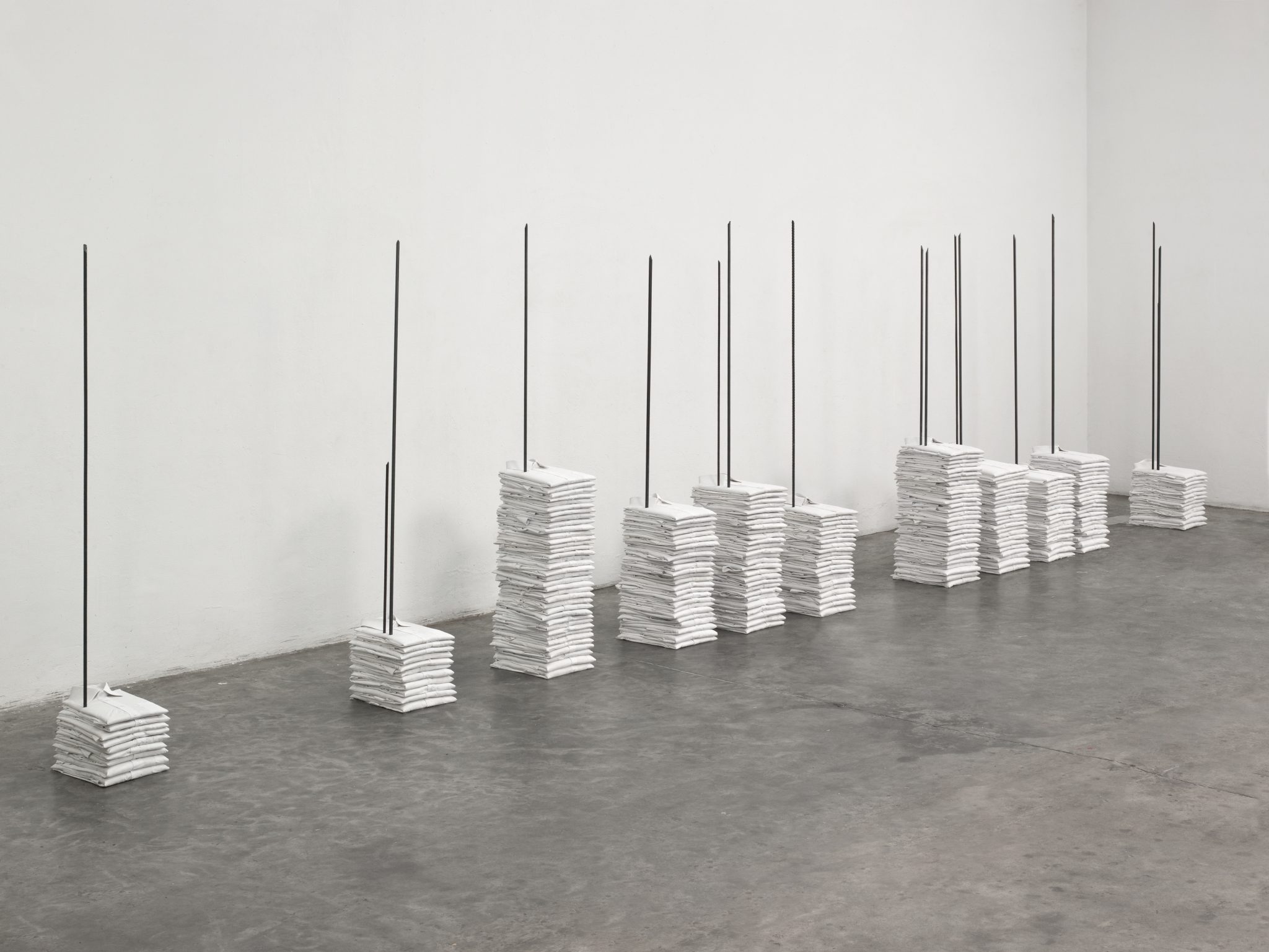A new retrospective in Basel focuses on the unacknowledged victims of political violence and makes these victims visible
I have often thought of Doris Salcedo’s work as a portrait of cancellation. In the first instance as the cancellation of monumentality, mostly because the first work of hers I saw was the installation Shibboleth at Tate Modern in 2007. I was deeply impressed by the crack that extended from one end of the Turbine Hall to the other, and equally affected by its power to direct the visitor’s gaze away from the space’s vertical majesty to its floor. More precisely Salcedo conveys a portrait of political cancellation, inasmuch as her work focuses on the unacknowledged victims of political violence and makes these victims visible. I also have sometimes thought of her work as a display of silent lamentation. A feeling related to her commitment to marking the absence of people lost to violence, in order to make their pain perceptible, and to restore their dignity. I felt all these aspects reverberating in Palimpsest (2013–17), which has been exhibited at the Fondation Beyeler since last October and is now part of this impressive retrospective of more than a hundred works devoted to the Colombian artist.


Palimpsest is a wide dove-grey carpet of 66 stone slabs that list the names of people who have drowned in the Mediterranean and Atlantic over the past 20 years while attempting to emigrate from their countries in search of freedom and a better life. Names are written on the stone through a complex hydraulic engineering system: water wells up through the stone, composing a name for a few moments, then drips away, drowning, before emerging as another name. The letters that form each name overlap with the next, like voices calling out from the water in mourning. Salcedo both stresses and sacrifices the line between the permanent and the ephemeral, between installation and monument, creating a work that breathes and pulses. Palimpsest is the first work in which Salcedo has identified victims by name (more recent installations have also included names), highlighting their unique subjectivity and their irreplaceable lives. Over many years of research, she has recorded names that had not previously been recorded, actively engaging relatives of victims, giving them a presence, although ephemeral, in a space tragically void. A void that seems to be filled with a flood of tears, a scent of mortality, a mournful moaning, a silent liturgy. The title makes specific reference to cancellation and rewriting, the only way to tell stories that have been lost, together with their voices, in the water. These names cannot bear the weight of the tragedy, and so they rapidly slip away, only for something else to come through, rise again. It’s a moment of grace; it chills my blood.

This moment is also present in the piles of white shirts folded and frozen in plaster (Untitled, 1989–2014) in the first room of the exhibition. Perhaps because I am reminded of the time when someone close to me took his life, and the image that remained with me was that of his folded warm shirt left on the cold rock from which he jumped. This image accompanies me, perfectly in step with a sense of forced and sudden abandonment, of time frozen and space petrified, in and around a dozen pieces of wooden furniture, such as armoires, tables and bedframes fused together and permeated with cement (Untitled, 1989–2016), that are arrayed throughout the exhibition. The image of heartbreaking grief, like that of the impalpable silk blouses, pierced by thousands of needles, that hang on the wall (Disremembered X, 2020–21), triggering an inconsolable pain even though untouchable. The image of a wound so fragile that, even when sutured, it still threatens to bleed, like the petals of thousands of roses stitched together with surgical thread into a wide, weightless mantle on the floor (A Flor de Piel II, 2013–14).
In an exhibition that reflects on the impermanence of bodies and voices, the human beings are gone, but their ghosts continue to whisper in and flutter through space.
Doris Salcedo at Fondation Beyeler, Basel, through 17 September
